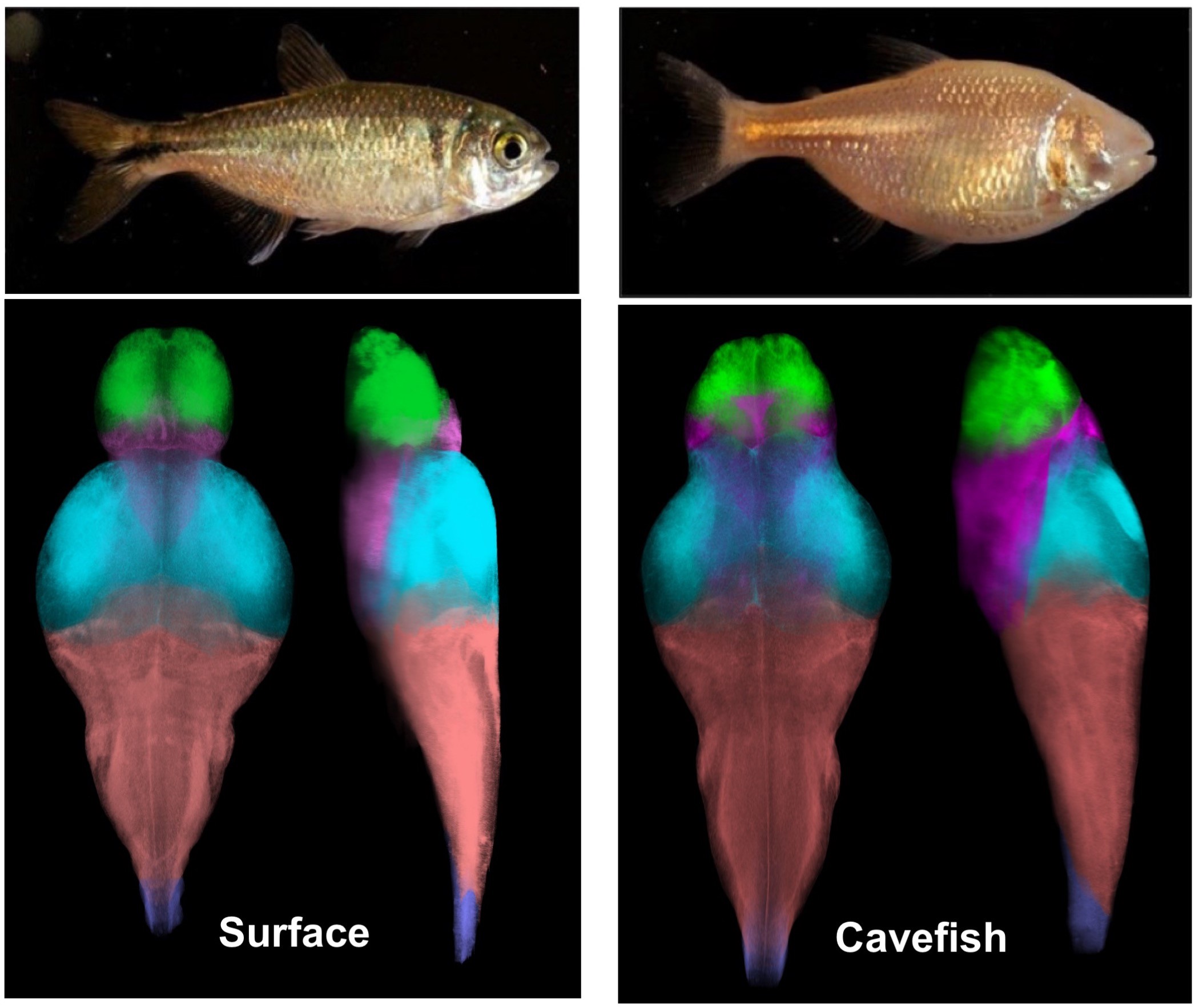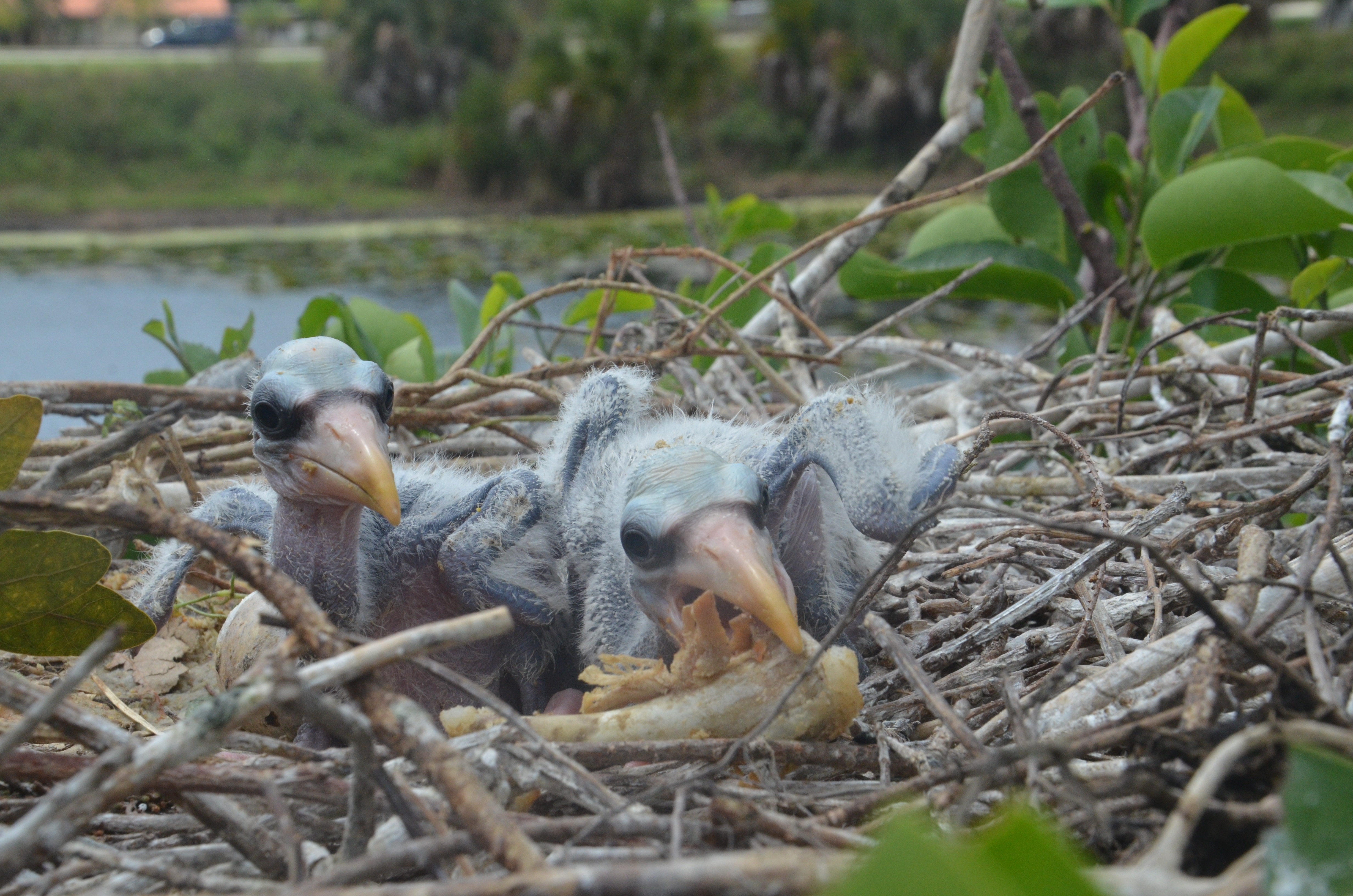Animals using the most of efficient methods of searching for resources may well pay with their lives, scientists at the University of Bristol have discovered.
Tag: Foraging
Crushed Clams, Roaming Rays: Acoustic Tags Reveal Predator Interactions
Inspired by clam fishermen reports, researchers used passive acoustic telemetry to gauge the interactions between two highly mobile rays. They monitored the tagged rays in the wild over two years to see how often and when they visited clam leases. Results provide both good news and bad news for clammers. Rays spent even more time in these clam lease sites than clammers reported or suspected, but it’s not necessarily where they prefer hanging out.
U.S. birds’ Eastern, Western behavior patterns are polar opposites
Avian functional diversity patterns in the Western U.S., where species and functional richness are both highest during the breeding season, are the polar opposite of what is seen in the East, where functional diversity is lowest when species richness is high, according to new research.
Weddell Seal Moms Sacrifice Their Diving Capacity to Provide Iron to Their Pups: Climate Change Could Make Seals More Vulnerable
Weddell seals, which are excellent divers, provide so much iron to their pups during lactation, that the mothers dramatically limit their own diving and underwater foraging capabilities.
Wolf Pups Born on Isle Royale, Moose Poised for Decline
Michigan Tech researchers return to the island to discover new insights about the wolves and moose of Isle Royale.

Mapping Cavefish Brains Leads to Neural Origin of Behavioral Evolution
While studied for nearly a century, little is known about how cavefish brains differ. A study is the first to look inside their brains with millimeter resolution to start to understand how the individual neurons and brain regions that drive complex behaviors, including sleep and feeding have evolved. This work has broad implications for the understanding of how brains evolve in many different animal models and is hoped to be widely used by the scientific community.

Hots Dogs, Chicken Wings and City Living Helped Wetland Wood Storks Thrive
Using the Wood Stork, researchers compared city storks with natural wetland storks to gauge their success in urban environments based on their diet and food opportunities. Results provide evidence of how a wetland species persists and even thrives in an urban environment by switching to human foods like chicken wings and hots dogs when natural marshes are in bad shape. These findings indicate that urban areas can buffer a species from the unpredictability of natural food sources.